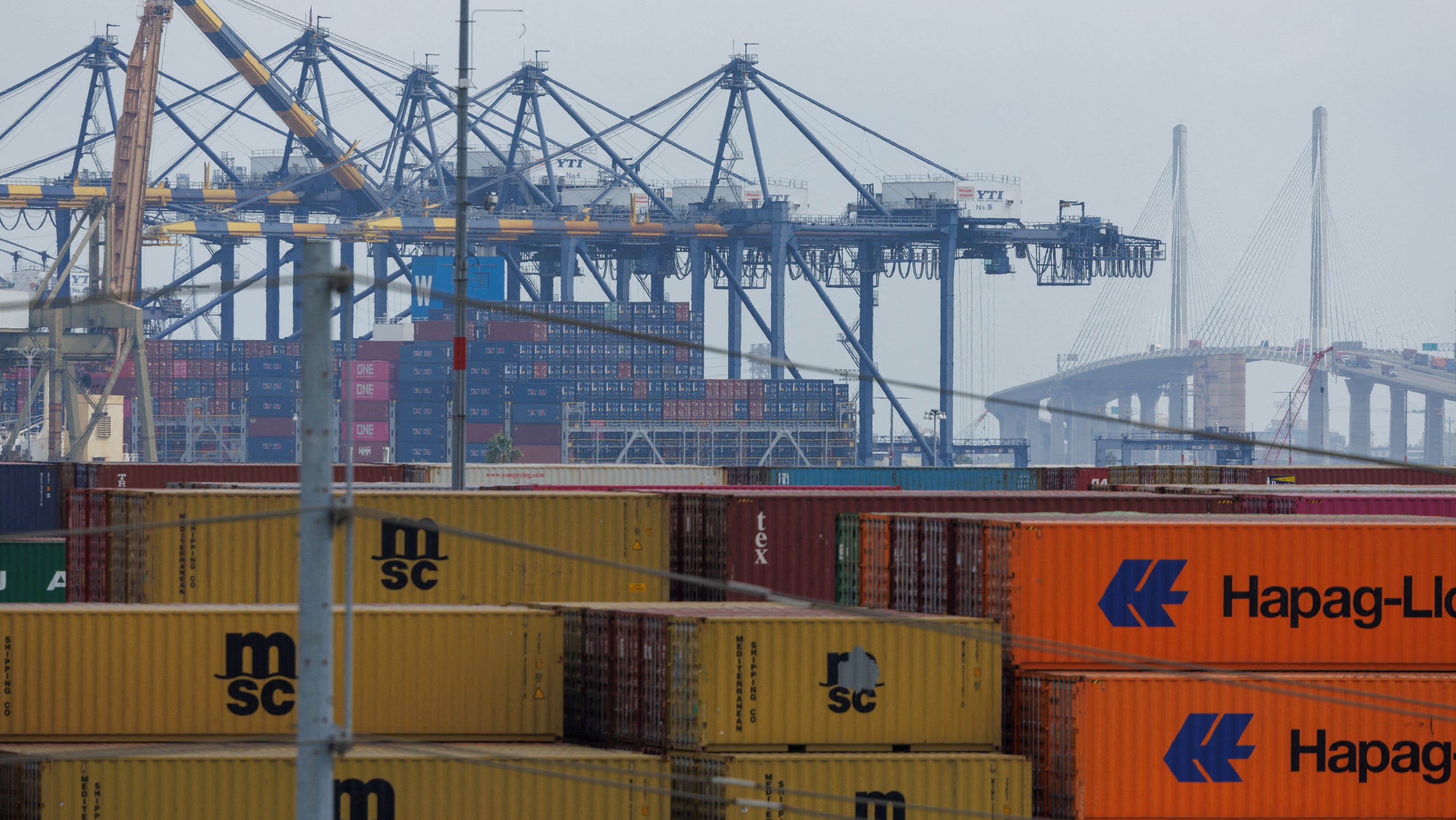Clean Energy's Fight For Survival: Threats To Its Expansion

Table of Contents
Political and Regulatory Hurdles
The journey to widespread clean energy adoption is paved with political uncertainty and regulatory complexities. These obstacles significantly impact project timelines, investment decisions, and overall progress.
Shifting Political Landscapes
Changes in government priorities, often driven by lobbying from the fossil fuel industry, frequently threaten clean energy initiatives. Policies that favor established energy sources create an uneven playing field.
- Subsidies for fossil fuels: Continued government support for fossil fuels undermines the competitiveness of clean energy alternatives.
- Deregulation of environmental protections: Weakening environmental regulations reduces the incentive for clean energy adoption and jeopardizes environmental sustainability.
- Case study: The repeated changes in US climate policy under different administrations have created uncertainty and hampered long-term investment in renewable energy projects.
Regulatory Uncertainty and Permitting Delays
Complex permitting processes, bureaucratic red tape, and inconsistent regulations across jurisdictions contribute significantly to delays and uncertainty. This discourages investment and slows down project development.
- Bureaucratic delays: Lengthy review processes, often involving multiple agencies, can stall projects for years.
- Streamlining permitting: Implementing streamlined and standardized permitting processes is crucial for accelerating clean energy project development.
- Impact on investment: Regulatory uncertainty makes it difficult for investors to assess risks and commit capital to clean energy projects.
International Political Conflicts and Trade Wars
Global conflicts and trade disputes can disrupt supply chains for critical clean energy materials and technologies, increasing costs and jeopardizing project timelines.
- Rare earth minerals: The dominance of certain countries in the production of rare earth minerals, essential for many clean energy technologies, creates vulnerability to supply chain disruptions.
- Impact on project costs: Geopolitical instability and trade wars can dramatically increase the cost and complexity of procuring essential components for clean energy projects.
Economic and Financial Challenges
While the long-term benefits of clean energy are undeniable, significant upfront investments and ongoing economic challenges impede its widespread adoption.
High Initial Investment Costs
The initial capital expenditure for clean energy technologies and infrastructure is substantial, often exceeding that of fossil fuel alternatives, posing a challenge for securing necessary financing.
- Cost comparison: While the operational costs of clean energy are often lower, the higher upfront capital costs can deter potential investors.
- Financing options: Green bonds, government subsidies, and private sector investments are crucial for bridging the financing gap.
- Economies of scale: Mass production and technological advancements are essential for driving down the costs of clean energy technologies.
Intermittency and Storage Issues
The intermittent nature of solar and wind energy presents challenges for grid stability and reliability. Efficient and affordable energy storage solutions are crucial to address these issues.
- Technological limitations: Current battery storage technologies are often expensive and lack the capacity for large-scale energy storage.
- Cost of battery storage: Reducing the cost of battery storage is critical for widespread adoption of renewable energy.
- Smart grids: Investing in smart grid infrastructure can improve the integration of intermittent renewable energy sources and optimize energy distribution.
Competition from Fossil Fuels
Established fossil fuel industries often benefit from substantial government support, creating an uneven playing field and hindering the competitiveness of clean energy alternatives.
- Government subsidies: Continued subsidies for fossil fuels distort the energy market and create an unfair advantage for conventional energy sources.
- Lobbying efforts: The influence of fossil fuel lobbyists on policymakers continues to hinder the advancement of clean energy policies.
- Market competitiveness: Addressing these imbalances is essential for creating a level playing field that allows clean energy to compete effectively.
Technological and Infrastructure Limitations
Technological advancements and infrastructure upgrades are essential for scaling up clean energy production and distribution.
Technological Maturation and Scalability
Continued research and development are critical for improving the efficiency, reducing the cost, and enhancing the scalability of clean energy technologies.
- Promising technologies: Advancements in battery technology, solar panel efficiency, and wind turbine design are continuously improving the viability of clean energy.
- Research and development: Increased investment in research and development is crucial for accelerating technological innovation in clean energy.
- Innovation: Fostering innovation and collaboration between researchers, industry, and policymakers is vital for accelerating technological breakthroughs.
Grid Infrastructure Limitations
Existing electricity grids are often not equipped to handle the intermittent nature and decentralized generation of renewable energy. Upgrades and modernization are essential.
- Integrating renewable energy: Modernizing the grid to efficiently integrate intermittent renewable energy sources is crucial for reliable electricity supply.
- Smart grids: Smart grids offer greater flexibility and control, enabling better integration of renewable energy sources and optimizing energy distribution.
- Transmission line upgrades: Investing in new transmission lines is essential to transport clean energy from remote generation sites to population centers.
Supply Chain Vulnerabilities
The reliance on specific materials and geographical locations for the manufacturing of clean energy technologies creates vulnerabilities to supply chain disruptions.
- Vulnerable supply chains: Many clean energy technologies rely on materials sourced from a limited number of countries, creating supply chain risks.
- Diversification: Diversifying supply chains and promoting domestic manufacturing of key components can mitigate these risks.
- Responsible sourcing: Ensuring responsible sourcing of materials is critical for minimizing environmental and social impacts.
Conclusion
Clean energy's fight for survival is a multifaceted challenge requiring a coordinated effort from policymakers, investors, and innovators. The interconnected nature of the threats – political instability impacting investment, technological limitations hindering scalability, and economic factors influencing competition – necessitates a holistic approach. Overcoming these hurdles requires ambitious policy changes, accelerated technological innovation, and significantly increased investment in sustainable energy solutions. The fight for clean energy’s survival is far from over, but by acknowledging and addressing these critical threats, we can pave the way for a cleaner, more sustainable future for all.

Featured Posts
-
 Canada Post On The Brink A Report Advocates For The Termination Of Door To Door Mail
May 20, 2025
Canada Post On The Brink A Report Advocates For The Termination Of Door To Door Mail
May 20, 2025 -
 Hmrc Nudge Letters E Bay Vinted And Depop Sellers Beware
May 20, 2025
Hmrc Nudge Letters E Bay Vinted And Depop Sellers Beware
May 20, 2025 -
 Efimereyontes Iatroi Patras Eykoli Anazitisi Gia To Savvatokyriako
May 20, 2025
Efimereyontes Iatroi Patras Eykoli Anazitisi Gia To Savvatokyriako
May 20, 2025 -
 March 22 Nyt Mini Crossword Solutions
May 20, 2025
March 22 Nyt Mini Crossword Solutions
May 20, 2025 -
 Canadas Response To Oxford Report Us Tariffs To Stay
May 20, 2025
Canadas Response To Oxford Report Us Tariffs To Stay
May 20, 2025
